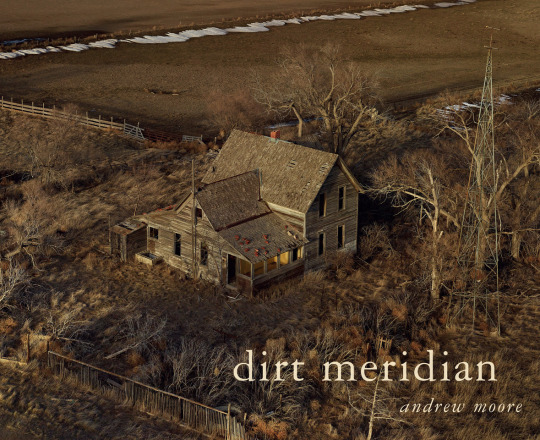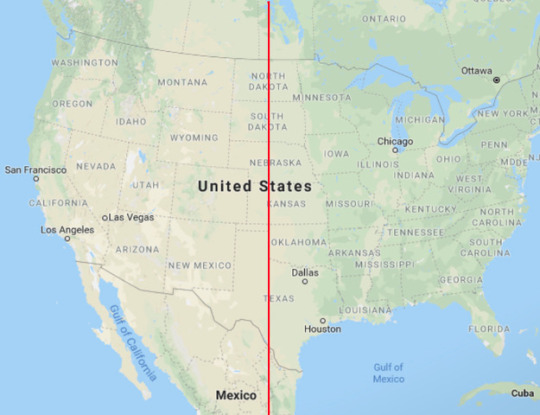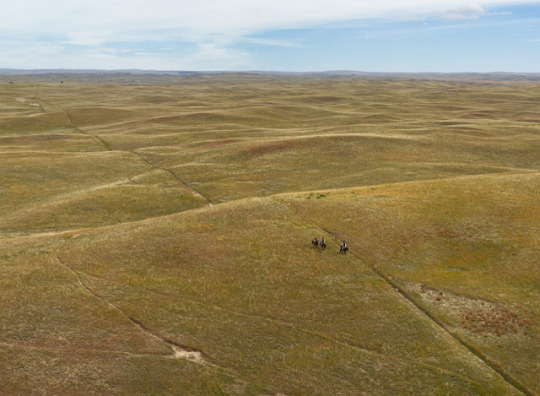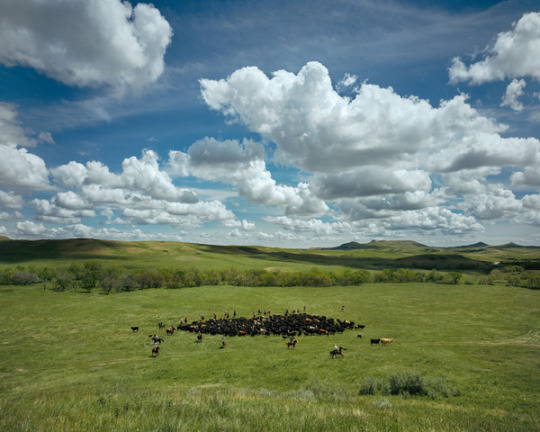
Sun Through Rain. ©Andrew Moore

Schoolhouse, China Pasture. ©Andrew Moore
I receive, daily, the internationally informative photography news site

The Eye of Photography from the former editor-in-chief of French Photo Magazine and now editor-in-chief of The Eye of Photography, Jean-Jacques Naudet. This daily posting is phenomenally valuable, covering all sorts of photography events, portfolios of photographers throughout the world, gallery shows, museum exhibitions, etc.
The site is free, though as an aside they can use financial help for their service. Apart from having contributed features from time to time, I have no affiliation with them, I’m only interested in seeing the on-going success of something that publishes so much information and imagery every day.
Other important sources include AtEdge and Graphis.
Each of these open up to a wide world of brilliant photographers, designers, and other creatives.
A recent post contained an article about the The Yancy Richardson Gallery in New York City. The images of Andrew Moore who is represented by the gallery particularly caught my eye. I went to his site ((http://www.andrewlmoore.com)) and was so moved by his body of work that I bought his recent book,
“Dirt Meridian.”
I do that, buy and collect photography books. Along with the internet, books are my major source of self-education. I am well aware that if I am to grow in this visual art, it’s imperative that I study, continually, tenaciously. It’s essential to gain, maintain and expand a vast visual data bank if one desires to create unique, original and exciting work. For photography, one needs to look, study, and look even more, reviewing and surveying everything available in galleries, web sites, periodicals, museums, presentations and, yes, books. Our brains are such that images drop out; constant replenishment is needed for any sort of positive development, success, and even survival in this challenging art. It’s essential to recognize what’s been done before in order to avoid repetition. Knowing what hasn’t been done, or done well enough, comes when one has seen – and keeps seeing – a vast range of imagery.

When “Dirt Meridian” arrived, I opened it and couldn’t put it down, studying every image. And, as I always do with a new book of photographs, I left it out, opened, on a counter I pass daily, so that I could look at it again and again and imprint the images in my memory.
This is not the kind of photography I endeavor to create in the controlled environment of a studio (or a pool, my particular kind of studio). Moore’s work is done outdoors, in this case in the vast, almost empty space of the great plains of middle America. What he shows us are sand hills and sky and weather and cattle. And the Badlands and old abandoned barns and buffalo and meadows and creeks, windmills and wildlife. He also shows the determined struggle of the human spirit against the toughest elements, and the effect of those on deserted homesteads.

America, its 100th meridian.
Moore’s epic visions of the vast treeless space in the 100th meridian, cutting through North and South Dakota, Nebraska, Kansas, Oklahoma, and Texas, are all about space – empty sprawling and seemingly infinite space. The images are intoxicating, filled with magnificent beauty in the loneliness that is the trackless expanse of seemingly endless land. From his Acknowledgement: “…the land’s beauty lies in its vast and sublime emptiness.”
I wrote to Moore and learned, happily, that his NYC studio/office is located only a few blocks from mine. So, I invited him for lunch and an in-person review of his magnificent photographs.
Working on this book project, he spent weeks at a time on many trips from the East, met many individuals and recorded their stories, histories, lives. Each photograph is accompanied by text containing fascinating information which provides a rich understanding of the work.
Moore made many of the photographs from a Cessna 180 single-engine plane flown by Doug Dean. They attached his medium format digital camera to one of the plane’s wing struts, using a screen and remote control from the passenger seat.
They flew low, yielding a unique perspective. This technique is one important reason why the images look so different from photographs of this area I’ve seen before. He spoke of the emptiness as a spiritual reservoir, a spiritual landscape. He wrote in the Acknowledgements, “the intimate seemed conjoined to the infinite.“
During the project he moved from north to south, contrasting open spaces with cluttered, claustrophobic interiors, rich with poor, immigrants and native born, industrial scenes with mythic landscapes, all of which he explained was a metaphor for the sense of possibility, of hope that tomorrow will be a better day.
In the book his pilot wrote, “I hope you take pause, if only for a moment, to consider the story of this land, where second chances are few, and how the decisions we make today will impact the generations to follow.”
Moore allowed me to choose images I personally wished to use for this review.

Storm Blow. ©Andrew Moore
From the book: “Sheridan County, Nebraska. These dry, fallow lands and terraces lie to the southeast of Clinton. The wind coming out of the north was blowing at over 70 mph. When choosing the angle approach to a subject, Doug Dean piloted us, if possible, into a headwind, since that slowed the plane down and allowed a bit more time for picture making. On this day we had little choice but to let a powerful tailwind take us on a Nantucket sleigh ride if we wanted to catch this billowing cloud of white dirt.“

Pronghorn Antelope. ©Andrew Moore
From the book: “A herd of the wild antelope, which in wintertime can number into the hundreds, roams the high plains that stretch toward the Big Horn Mountains in the background. Early pioneer cattlemen noticed that the native grass animals roaming this area tasted particularly good, and to this day Niobrara County grass has become famous among livestock buyers for the finish it gives cattle.”

Riding Fence. ©Andrew Moore
From the book: “Sheridan County, Nebraska, 2013. Heidi and Brock Terrell and their son Royal (led by their red heeler) ride fence along their land in Sheridan County. They not only raise both cattle and sheep but they also farm soybeans and sugar beets. Heidi is a sixth generation descendant of Jules Sandoz, among the earliest homesteaders in the area. Better known as ‘Old Jules,’ legendary for his cussedness and his justly famous tenacity, he was immortalized in the biography of the same name written in 1935 by daughter Mari Sandoz.”

First Light. ©Andrew Moore
From the book: “Cherry County, Nebraska, 2013. Cattle and heron share a drink at the tank in the residual morning fog. Much of the success of cattle ranching in the Sandhills is due to the shallow reach down to the Ogallala Aquifer. In some places it’s only six feet to water, so one can easily and cheaply put down a windmill in order to water livestock anywhere in the vastness of this terrain. (There are many sub-irrigated meadows that provide hay at the driest times.) The hilly landscape provides the herd with protection from the wind and snow. However, the quality of the grass is not as good as on hard soil land, so it can still take 20 to 30 acres to support just one cow/calf pair.”

Round Up Number 2. ©Andrew Moore
From the book: “McKenzie County, North Dakota, 2005. Branding day at the Hepper Ranch outside the town of Keene. In the shadows of the Blue Buttes, amidst lush May grass, family, friends, and neighbors (and several dogs) help round up this herd of 300 cow/calf pairs. The large crew included five heelers, six sets of floppers, branders, vaccinators, and iron tenders. The older more experienced cowboys do the actual branding while the younger folks who wrestle the calves are known as floppers.”
In the book’s introduction, Kent Haruf wrote, “These are wonderful photographs, clear, and evocative, unsentimental, they seem to understand the sacredness of the country. They suggest its holiness.“
Howard Schatz, November, 2018.
